NEW DELHI: Questions on the suitability of waste-to-energy plants in Delhi are not new, but the 2,000 tonnes per day Waste to Energy (WTE) plant, situated in the middle of the dense residential areas around Sukhdev Vihar, is not just a major environmental worry but an example of how siting rules can be bent to accommodate a heavily polluting enterprise.
The matter, now before the Supreme Court, is an appeal against an NGT judgment in 2017 that ignored serious violations of existing rules governing the location and operation of WtE plants.
Firstly, the NGT order refused to address the fact that the plant was built on a site earmarked as a green area in the Delhi Master Plan 2021.
Secondly, where MSW treatment rules require WtE plants to be located near an existing landfill the NGT appears to believe that a landfill exists at Sukhdev Vihar. The nearest landfill is in fact at Tughlaqabad more than eight kilometres away down the Mathura highway.
Thirdly, the plant is barely 50 metres away from Sukhdev Vihar DDA colony while Ministry of Urban Developments manual of waste treatment clearly says that such plants cannot be located within 500 metres of residential areas.
NGT allowed the plant to continue running despite serious alterations in approved technology. Where it is supposed to burn refuse-derived fuel (RDF), the plant directly burns waste and in fact never bothered to build RDF-making units. As a consequence, the plant releases large quantities of PM 25 and dioxins and furans as discovered during tests conducted by the Delhi Pollution Control Committee.
Violations as outlined in the appeal case in the Supreme Court:
1. WTE plant location is in a densely populated area
2. Violation of Master Plan/Zonal Plan
3. No landfill site exists anywhere near the site of the WTE
4. Land Allotment
5. Falls under Red Category of classification of Industrial Sectors
6. Violation of Buffer Zone Standards
Arguments against the plant
1. Environmental Clearance obtained by misrepresentation and without hearing the affected persons
2. Drastic change of procedure and technology at plant
3. EC dated 09.01.2023 wrongly allowed expansion of the Plant
Relocation of Okhla Waste Management Plant
Highlighting the above violations and arguments the residents have now moved the Supreme Court, claiming that the plant emits noxious gases like Dioxin, Furans, SPM, NO2, CO2, SO2, HCL, and heavy metals including Lead, Mercury, Cadmium and Chromium that severely affect the health of lakhs of people living in a densely-populated area of South Delhi and demand to relocate the plant.
The next hearing in the matter will take in the month of July.

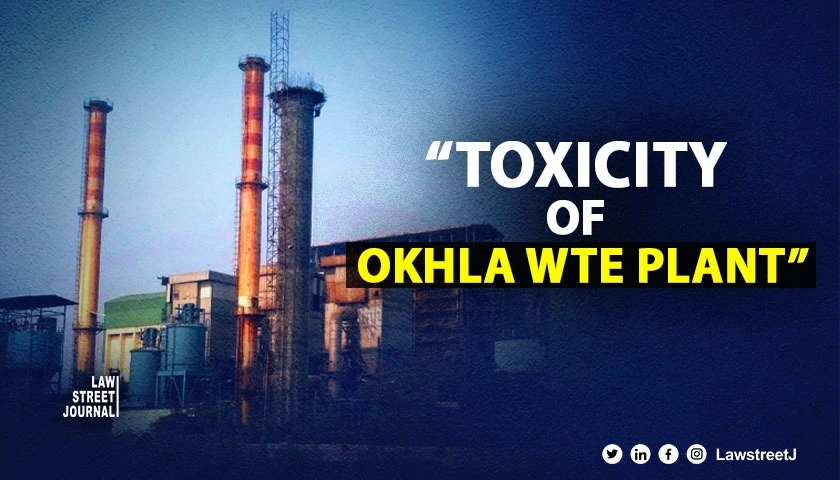





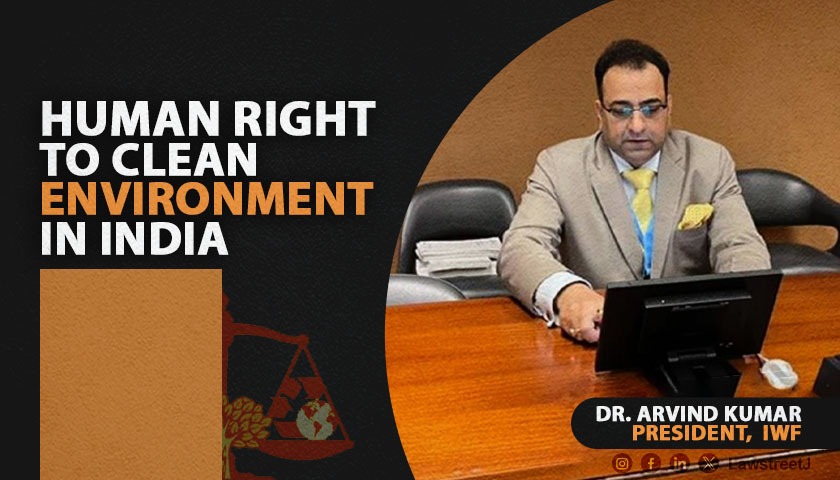
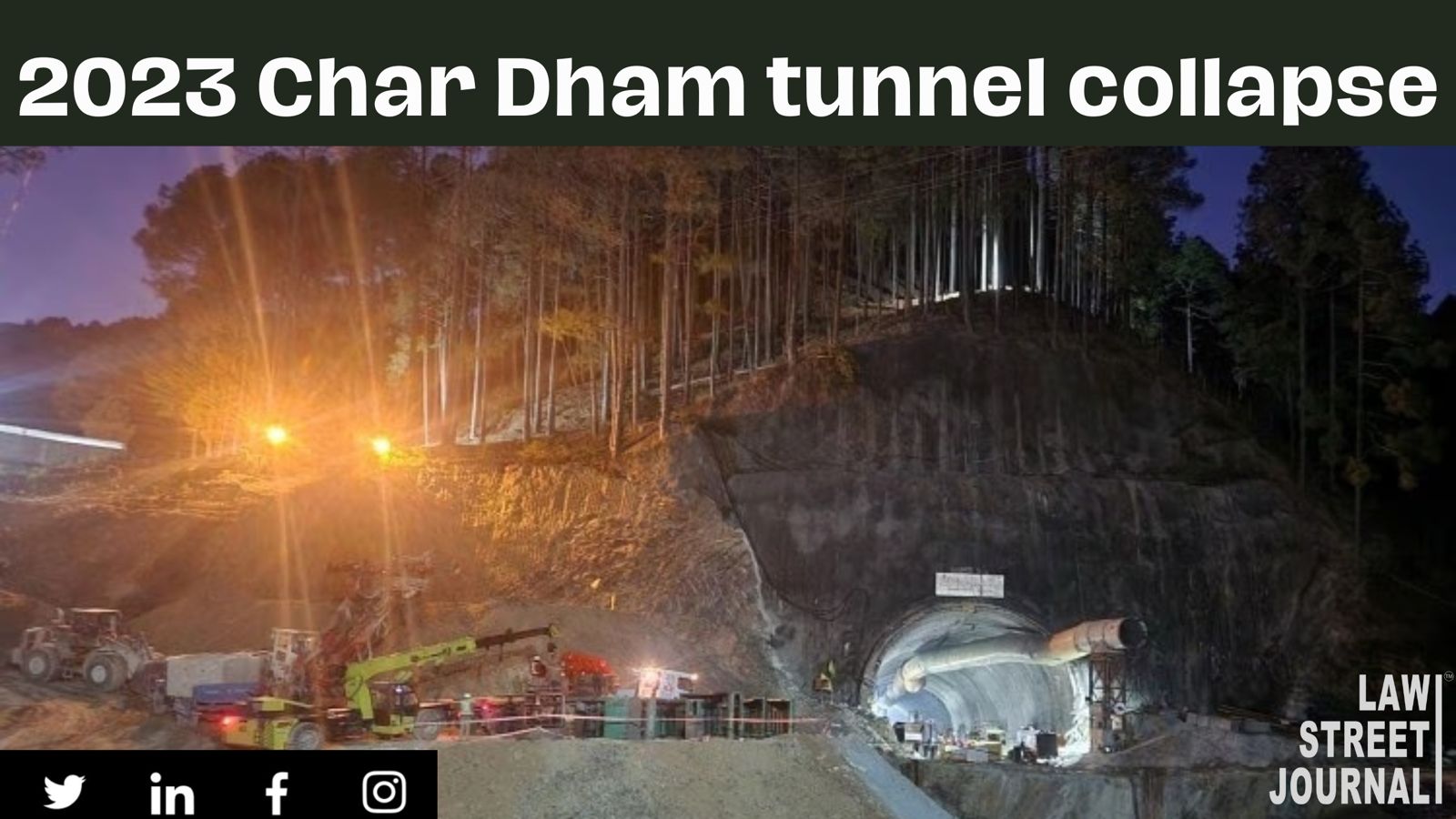
![NGT bars desilting, mineral extraction at Bisalpur Dam in Rajasthan without green clearance [Read Judgment]](/secure/uploads/2023/11/lj_7777_NGT_on_mineral_extraction_at_Bisalpur_Dam.jpg)
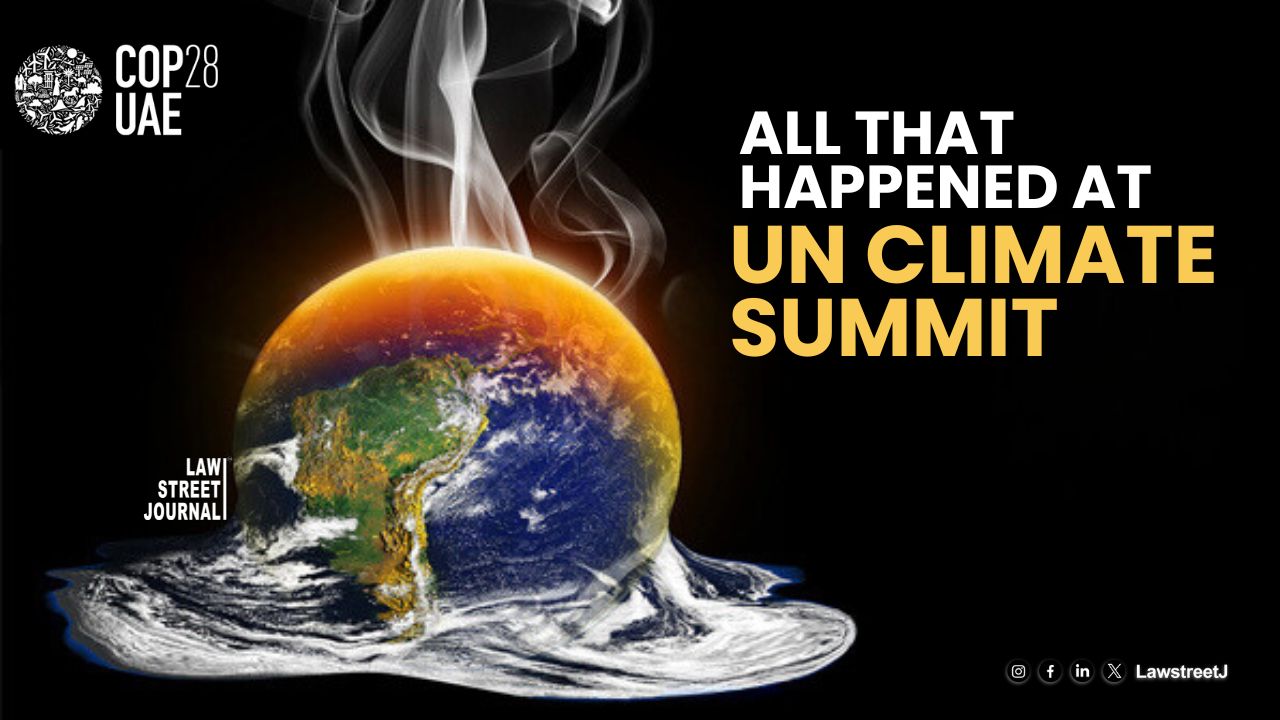
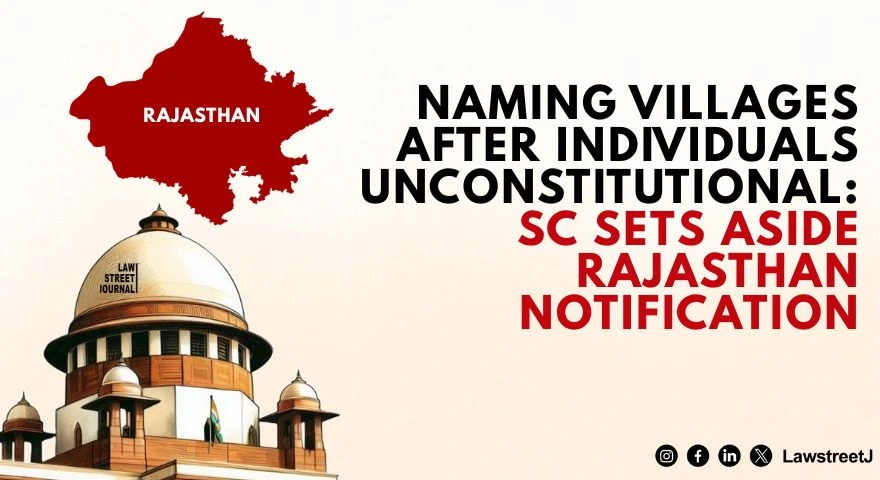
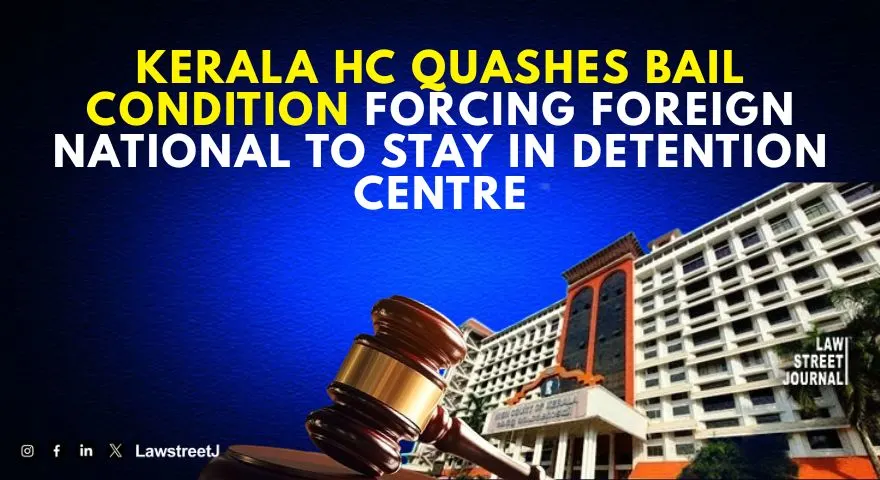

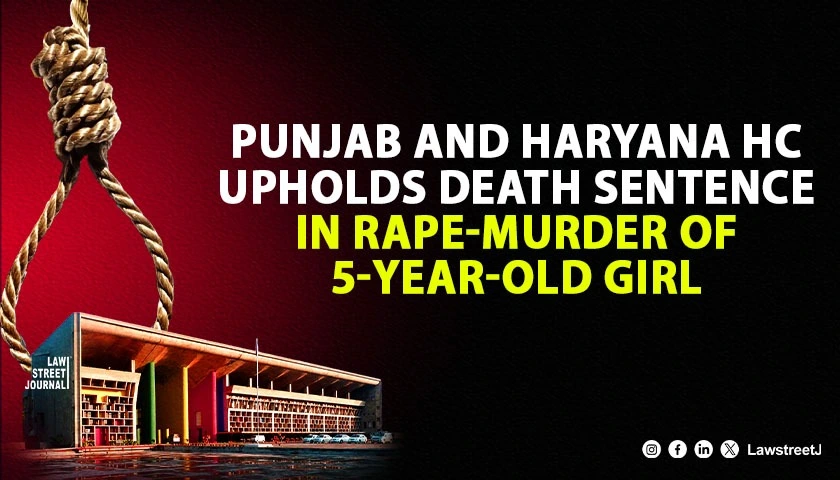

Anant Trivedi Apr 24, 2024
This litigation raises a few serious questions: 1. Hon Supreme Court does not appear to place a high priority on environment issues. This case is in its eighth year. Political issues get resolved quite quickly. Here there are thousands of poor people subjected to serious pulmonary diseases but are always worried whether their turn will come at the next listing or will it be another adjournment? 2..Agencies that are mandated to keep an eye on violations seem to turn a blind eye to repeated violations. Plant has been operating since 2012 with no RDF facility. It has been allowed to incinerate low calorific value mixed waste at much lower than required temperatures, guaranteeing the formation of carcinogenic gases and toxic ash. Letting this continue should be looked upon as criminal act against residents of the neighbourhood. Is there going to be accountability? 3 s the article says, every rules has been bent to accomodate this plant's proponent. Will the damage caused to the soil be rectified? Will the damage caused to citizen's health be addressed through an endowment to help the poor who cannot afford expensive medicine? 4. Those responsible for operating this plant should not be allowed to run another such facility. Those officers who allowed this to carry on, failed in their duty, should have place in a job that exists to ensure the citizen's wellbeing. Our aim should be to create a just society.